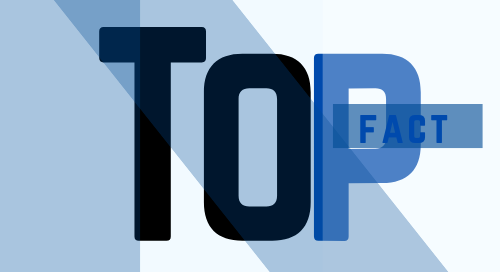You might desire a better approach to control where your visitors go when you post links online, including in blogs, emails, or social media. An Anchor Links Rotator can do just that.
With this tool, you may use just one link to switch between different destination URLs. It’s great for affiliate marketing, A/B testing, sharing traffic with partners, or just keeping your material new. In this essay, we’ll explain in plain English how it works, how to use it, and why it’s helpful.
What Is a Rotator for Anchor Links
An Anchor Links Rotator is a gadget that lets one clickable link, usually on anchor text like “Click Here,” take people to different web pages.
You only need to make one anchor connection instead of many for different places. Depending on how the rotation is set up, when someone clicks on it, they might go to Page A, Page B, Page C, and so on.
It tells your links where to go, like a traffic cop. It chooses where to send each visitor behind the scenes.
How does it work?
Here are the simple instructions for how an Anchor Links Rotator works:
- Pick your anchor text, which is the term or phrase that people may see and click on, like “Get Offer” or “Learn More.”
- Add the rotator link —Instead of a standard link, you add the specific URL that the rotator tool gives you.
- Add more than one destination URL —You can do this by adding the web pages you want to rotate to the rotator platform.
- Set your rotation mode —you decide how the rotation will work.
- Send the link — You can put the anchor link in an email, a blog post, an ad, or anyplace else.
When someone clicks on it, they are taken to one of the URLs you added.
Different kinds of link rotation
Anchor link rotators usually let you rotate the links in different ways. The most prevalent ones are:
- Random Rotation: Sends visitors to any of the inserted links at random.
- Sequential Rotation: Sends visitors to the links in a set order that repeats.
- Weighted Rotation lets you send greater traffic to some links based on their value or importance.
- Time-Based Rotation: This changes the links to different destinations based on the time of day or day of the week.
Why Do You Need an Anchor Links Rotator?
Here are some amazing reasons to utilize a rotator:
1. Testing A/B
You can see whether landing page or offer works better by sending people to both of them.
2. Marketing through Affiliates
Affiliate marketers can switch between different offers to see which one pays more.
3. Sharing Traffic
You can split traffic evenly across clients, partners, or product sites.
4. New Content
Change the content or destinations behind the same link to keep your viewers interested.
5. Better Tracking of Performance
Most rotators let you get information on clicks, devices, and even where visitors are located.
Link Rotator is a real example
Link-Rotator.com is a tool that makes it easy to rotate links.
You can:
- You can add as many URLs as you want to one rotator.
- Choose between random and sequential rotation.
- Track clicks in real time
- Use the URL in advertising, emails, blogs, or on social media.
- Use HTTPS to protect your links.
It is easy for beginners to use and doesn’t need any coding skills.
When Should You Use Anchor Links Rotators?
You may use them nearly anyplace on the web:
- In blogs, switch between different content or landing sites.
- In Emails, try out different links to products or special deals.
- On Social Media, share one link that varies every time someone clicks on it.
- In Ads: Test different landing pages to see which one gets the most clicks.
Best Methods
If you put anchor-link rotators into your articles, remember some simple rules so they work well.
- Every so often, click each link yourself to make sure it takes people where you meant it to go and that the page opens quickly.
- Rely on a trusted analytics platform to monitor overall clicks, capture traffic source information, and distinguish performance by each destination URL.
- If any of the links earn commissions, transparently disclose this to your audience, upholding ethical standards and establishing long-term credibility.
- Choose secure HTTPS URLs rather than HTTP ones, thereby safeguarding user data and protecting your sites reputation from malicious interference.
Who Should Use Rotators for Anchor Links?
Anchor Links Rotators are helpful for:
- People who write blogs
- Sellers on the internet
- Affiliate marketers
- Advertisers on the internet
- Email marketers
- People that handle social media
A rotator is useful for anyone who wants to get more out of a single link.
Last Thoughts
An Anchor Links Rotator is a simple but powerful tool. You can manage everything with only one smart link instead of having to use a lot of links for different sites. It saves time, helps you test your content, gets people more involved, and gives you a better chance of achieving better outcomes.
An anchor link rotator is a good way to promote products, run testing, or share traffic. Try one out, like Link-Rotator.com, and notice how much easier it is to manage your links.
Follow Top Fact today for more article like this and be informed how to earn online!




